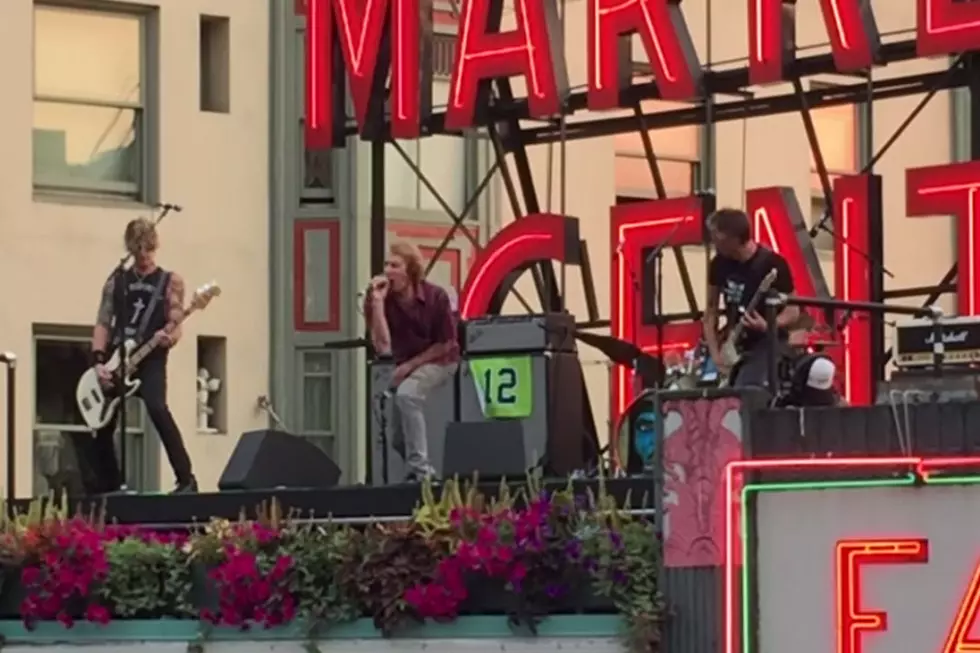
How Mudhoney Broke Away From the Pack on ‘Every Good Boy Deserves Fudge’
After establishing themselves as a substantial part of the Seattle grunge scene with an EP and one full-length album, Mudhoney decided to deviate from the prescribed path. The result of their refusal to be another boring grunge band was Every Good Boy Deserves Fudge, which came out on July 23, 1991.
Mudhoney first gained the attention of underground music heavyweights like Sonic Youth with their first release, the Superfuzz Big Muff EP.
They followed that up with their self-titled full-length debut, which cemented their place in grunge history. After their first album, Mudhoney considered shopping around for a major label. In the end, they decided to stick with their hometown label, Sub Pop, which released Every Good Boy Deserves Fudge.
By this time, music fans across the country were starting to pay attention to the Seattle music scene, which had been flourishing on its own for quite a while by then, but hadn't yet broken through to the mainstream. Mudhoney were starting to get bored with the sound that the rest of the country was just discovering, so they decided to change up their game plan.
The band members were all big fans of garage rock, and they really let that love shine through on Every Good Boy. This was only one of the changes in direction they took. Even the album cover, a bright, cartoonish painting, stood out among the dark, gloomy covers of the day.
Mudhoney frontman Mark Arm talked about the band's intention to distance themselves from the grunge movement in an interview with the A.V. Club:
In a way, it was kind of a reaction to the heaviness of what was coming out of Seattle. When we worked on 'Every Good Boy Deserves Fudge,' Steve [Turner] was like, “I definitely don’t want to do another record that sounds like the first Superfuzz record and the first album.” After we did the first album, we realized, “It’s kind of like this is 'Superfuzz Part II,' but with more songs.” And [we] just wanted to not work with Jack Endino, who was recording, like, every band. So we got in contact with Conrad Uno, who worked with the likes of Young Fresh Fellows, and Girl Trouble had recorded there. Conrad has more of a pop-garage sensibility. And I don’t have too much of a pop sensibility, but I definitely have a “garage” sensibility, if that makes any sense.
While the band's sound may have evolved with Every Good Boy, Mudhoney will always sound like Mudhoney. There are, however, some unexpected turns on this album, such as the opening track, "Generation Genocide" -- a short instrumental that starts off with Deep Purple-esque organs. When the guitars come in, though, it's pure Mudhoney.
Then there's the strange ballad, "Good Enough." Instead of employing his signature wail, Arm does his best crooning job. Like a lot of this album, "Good Enough" sounds like it could've been recorded in the late '60s as opposed to the early '90s. While Mudhoney's sophomore album might be historically anachronistic, it's still full of energy and sarcastic enthusiasm, with "Let It Slide" being a perfect example.
Mudhoney would go on to sign with big-time label Reprise after Every Good Boy. They've managed to stick together, with only one lineup change since they formed. They returned to Sub Pop in 2002. Their releases since then have all been solid, and some of them have been really good. God bless Mudhoney.
The 25 Most Influential Grunge Albums Ever
More From Diffuser.fm









